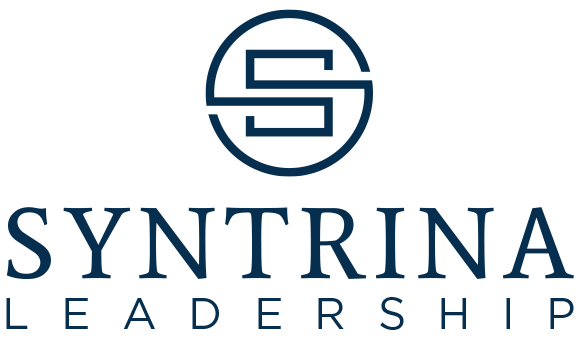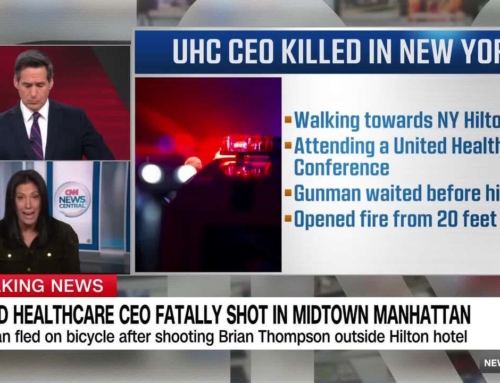As a CEO or EVP, the question of whether to retain or let go of a senior executive can be one of the most difficult decisions you face. Their performance impacts not only your bottom line but also your organizational culture, team morale, and long-term success.
This is where an executive coach becomes a critical resource. Whether you need to elevate a leader’s performance or confirm that a transition is inevitable, coaching provides clarity, direction, and actionable insights.
Leadership is a lonely place. The challenges you face require a level of focus, resilience, and perspective that few people understand. An executive coach is uniquely positioned to help you—and your team—thrive. Below are three key scenarios where coaching is not just valuable but essential.
- A trusted perspective: The personal trainer for your leadership
Even the most accomplished leaders need someone who can offer objective insights and help them navigate the complexities of leadership. Just like a personal trainer enhances your physical fitness routine, an executive coach sharpens your leadership skills and ensures you remain on track.
As a CEO, you likely have a strong vision and strategy, but the day-to-day pressures of running an organization can cloud your judgment. An executive coach listens, observes, and reflects what they see—often revealing patterns, blind spots, or opportunities you may not notice on your own.
They act as a trusted confidant who:
- Offers honest feedback without the filter of organizational politics.
- Helps you hear yourself—clarifying your goals, decisions, and next steps.
- Keeps you focused and accountable on your personal and professional well-being, ensuring you remain healthy, energized, and effective.
The investment in coaching at this level isn’t about fixing problems—it’s about optimizing performance. It’s about ensuring you’re always operating at your best, especially when the stakes are high.
- Onboarding and elevating key executives
Hiring a new executive is a significant investment, and the cost of a mis-hire can be substantial. Onboarding a senior leader effectively is critical to ensuring they integrate well into the team, align with your organizational culture, and deliver results quickly.
An executive coach can:
- Accelerate the onboarding process, helping new leaders adapt to the organization’s expectations and culture.
- Provide a neutral sounding board for navigating early challenges, relationships, and team dynamics.
- Ensure they are fully supported in reaching their potential and contributing at the highest level.
Similarly, if you have a high-potential leader who isn’t quite reaching the next level, coaching can help them close the gap. It provides them with the tools and feedback necessary to elevate their performance and step into greater responsibility.
Investing in coaching here can transform a good hire into a great leader, maximizing your investment and their potential.
- The last chance to raise—or transition gracefully
Sometimes, despite your best efforts, an executive isn’t performing as expected. You’ve provided feedback, outlined clear expectations, and offered internal support. Still, they’re not meeting the mark.
Before making the final decision to let them go, consider offering coaching as a final opportunity to help them rise to the challenge. An executive coach can:
- Provide focused, high-impact support to address performance issues head-on.
- Identify whether the gap is one of skills, mindset, or fit, and work to close it.
- Help the executive gain clarity on their own next steps—whether that’s raising their performance or acknowledging it’s time for a transition.
If coaching confirms they won’t make it, you can move forward with confidence, knowing you did everything possible to support their success. In these cases, coaching is often offered as part of a thoughtful exit strategy—helping the executive transition smoothly and leaving the organization with dignity and respect.
This not only protects your organizational culture but also demonstrates your commitment to treating people with care, even in difficult situations.
The cost of waiting is high
Ineffective leadership is costly. The financial impact of underperformance, disengaged teams, and poor decision-making adds up quickly. The cost of hiring a replacement is significant—but the cost of keeping a leader who will never make it is even higher.
One underperforming executive can disrupt team morale, erode trust, and negatively impact critical results. In contrast, timely investment in coaching can prevent these issues, enhance performance, and drive results, keeping a valuable and costly executive.
Whatever you do, don’t wait too long to provide support. Whether it’s a new hire, a high-potential leader, or an executive on the edge, coaching offers the insight, focus, and accountability needed to navigate the complexities of leadership effectively.
When to invest in coaching
In summary, the three best times to invest in executive coaching are:
- When you need a trusted partner to provide perspective to stay clear, focused, and operating at your best as a leader.
- When you’re onboarding or elevating a senior leader to ensure their success and maximize their contribution.
- When an executive is struggling to perform, and you need to either help them rise or prepare for a smooth transition.
Each of these situations presents an opportunity to enhance leadership, drive better outcomes, and protect the health of your organization. Don’t underestimate the power of coaching—it could be the difference between an executive who thrives and one who doesn’t.
Published in CU Insight






